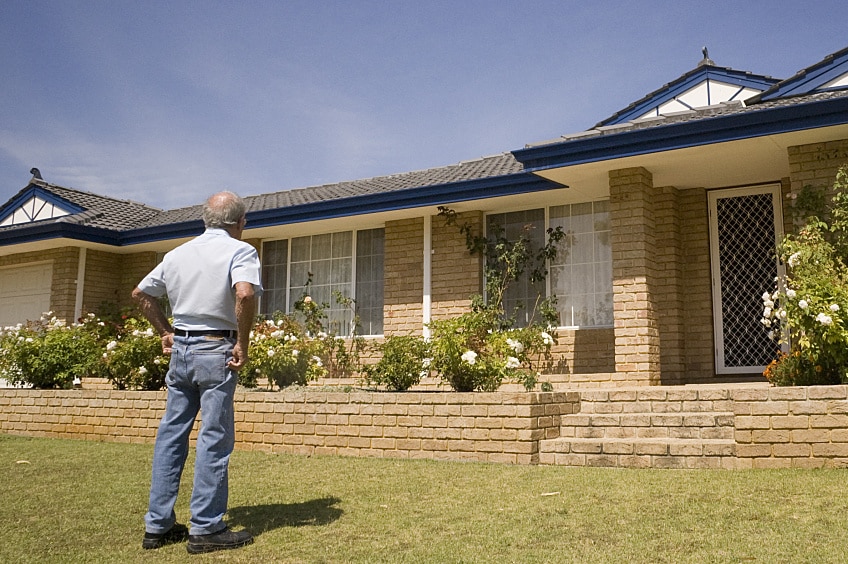After years of reliable protection, your roof may be showing signs it's nearing retirement. If you're asking the question, "When is it time for a new roof?" consider the factors impacting your roof's performance. Has it weathered heavy rains, excessive sun, or strong winds? Has it worked through hard times like hail storms and falling tree branches?
Perhaps you're noticing key roofing danger signs or you're simply concerned about age. Either way, here are some tips to help guide your home improvement decisions.
When Is It Time for a New Roof?
There's no specific "expiration date" for an asphalt shingle. Factors like weather, geographic location, manufacturer, moisture, UV rays, and others, can all factor into the condition of a particular roof. But there are some easy-to-spot indicators to the overall condition of your shingles.
Cracked, curling, or missing shingles, for example, are clues your roof needs love. Excessive granule loss is another. Occasional granule loss is normal, but excessive granule loss - especially that which results in bare patches - can be a symptom of aging.
For safety and to prevent roof damage, it's better to stay off your roof entirely and look for clues from the ground. Ladders, especially in bad weather, can lead to slips and injuries, so please leave the climbing to the pros.
If you find clues, or you're on the fence about what to do with an older roof, building inspectors can provide feedback. They'll explain if your roof needs repairs, replacement, or still has years of life.
Damage That Indicates Your Roof Needs Help
Although age doesn't always point to the need for a new roof, visible damage can indicate that help is required. Having your home inspected twice a year can help you spot the symptoms of roof damage. Spotting these clues means it's probably time to call a roofing pro.
On the outside of the house, be on the lookout for:
- Sagging on the roof
- Excessive granule loss
- Missing, torn, or curling shingles
- Holes or cracks in shingles
- Buckling or tears around roof flashing (the material used to weatherproof or seal the roof system edges at perimeters, penetrations, walls valleys, or other places where the roof covering is interrupted or terminated)
- Stains or decay on soffit (siding protecting the underside of roof's overhang) and fascia (siding protecting the end of roof rafters—where gutters are typically attached)
- Blistering or peeling exterior paint
Inside the home, be on the lookout for:
- Stains or watermarks on walls or ceilings
- Attic leaks
- Peeling paint on walls or ceilings
Location and season play important roles
The climate you live in may impact your roof's lifespan. Consider the climate when selecting roofing materials. In hurricane-prone areas, consider the wind resistance classification of the shingles. For harsh winters, consider accessories that help protect against ice dams.
Cost as a factor in getting a new roof
Whether age, location, or roof damage is a concern, cost will factor into the decision you ultimately make. Regional cost of labor, selected roofing shingles, roof size, necessary repairs—these are all factors that can impact the price of your roof replacement. Always get a few estimates from roofing contractors and review the details closely with your contractor.
Ready for your roofing project? Find local GAF-certified roofing contractors* in your area who are available to help.
*Contractors enrolled in GAF certification programs are not employees or agents of GAF, and GAF does not control or otherwise supervise these independent businesses. Contractors may receive benefits, such as loyalty rewards points and discounts on marketing tools from GAF for participating in the program and offering GAF enhanced warranties, which require the use of a minimum amount of GAF products.

